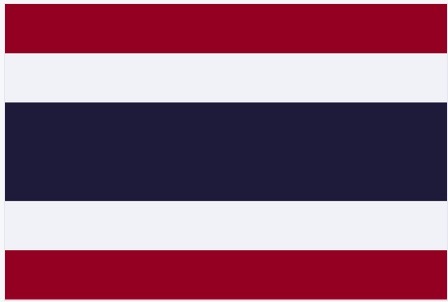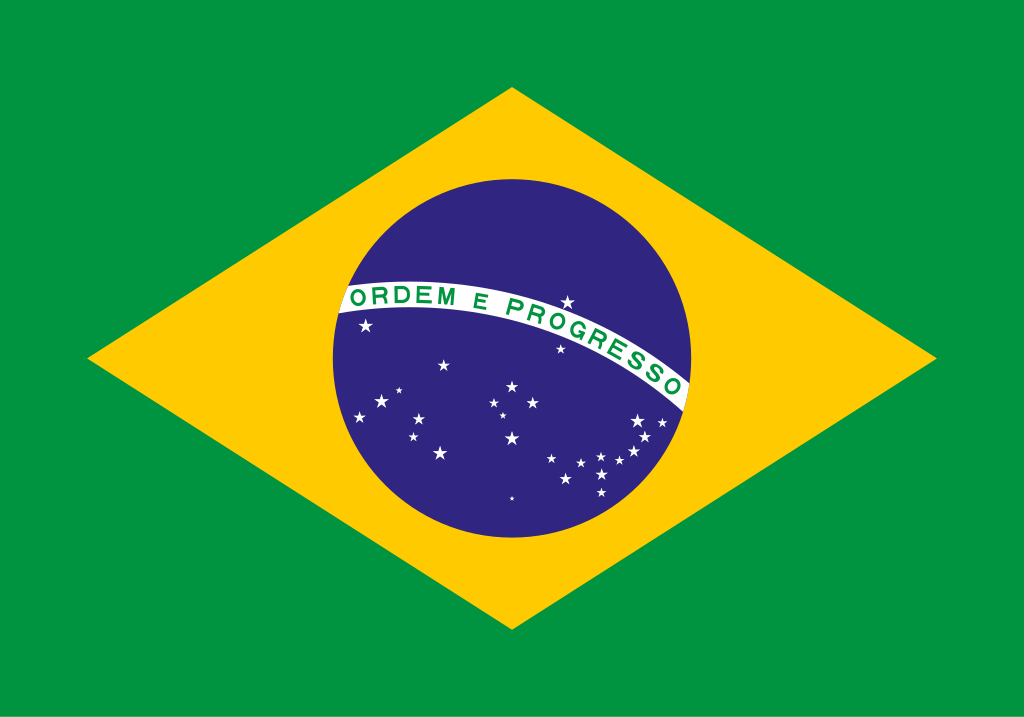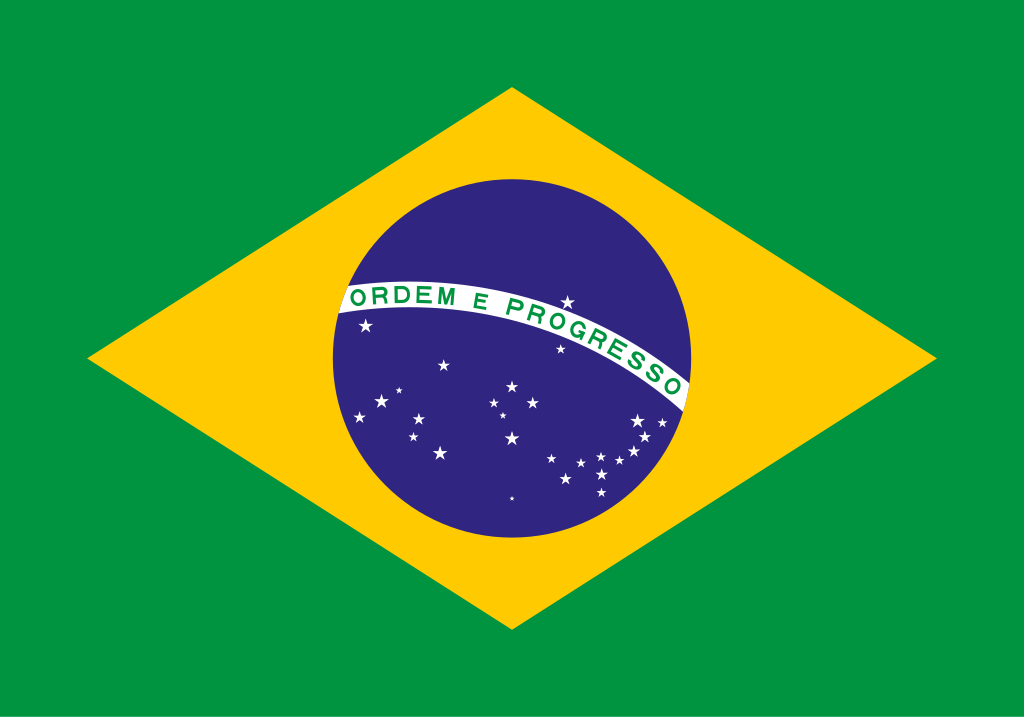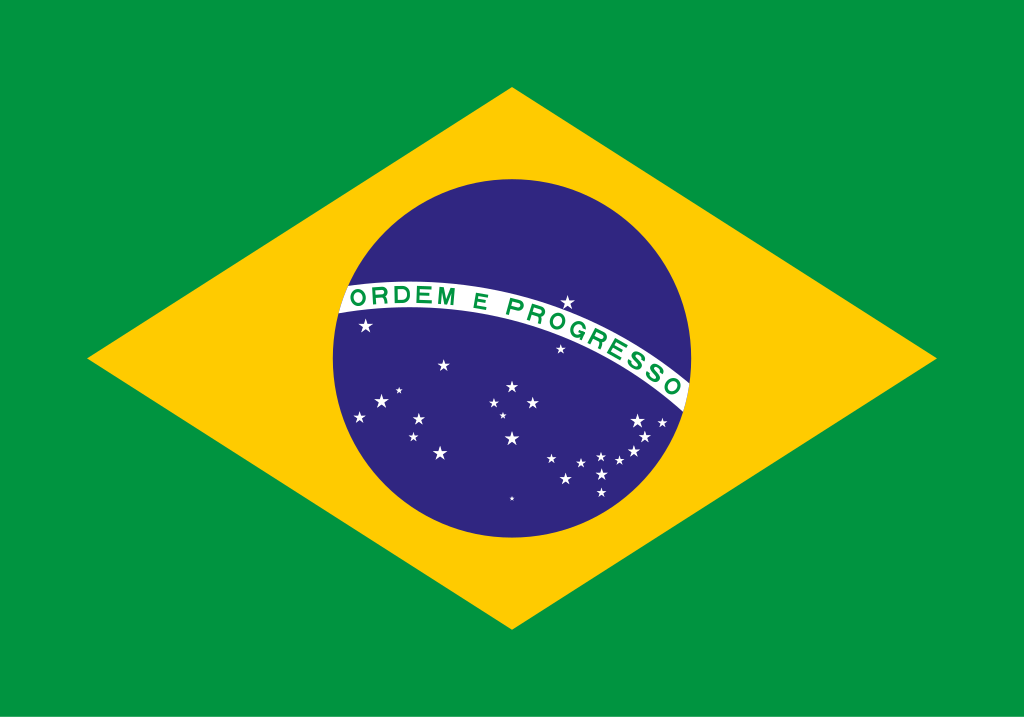Spatial autocorrelation and heterogenicity of demographic and healthcare factors in the five waves of COVID-19 epidemic in Thailand
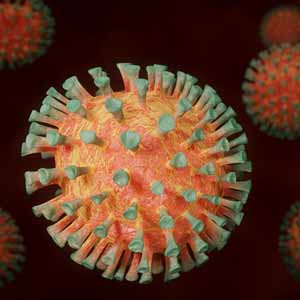
All claims expressed in this article are solely those of the authors and do not necessarily represent those of their affiliated organizations, or those of the publisher, the editors and the reviewers. Any product that may be evaluated in this article or claim that may be made by its manufacturer is not guaranteed or endorsed by the publisher.
Authors
A study of 2,569,617 Thailand citizens diagnosed with COVID-19 from January 2020 to March 2022 was conducted with the aim of identifying the spatial distribution pattern of incidence rate of COVID-19 during its five main waves in all 77 provinces of the country. Wave 4 had the highest incidence rate (9,007 cases per 100,000) followed by the Wave 5, with 8,460 cases per 100,000. We also determined the spatial autocorrelation between a set of five demographic and health care factors and the spread of the infection within the provinces using Local Indicators of Spatial Association (LISA) and univariate and bivariate analysis with Moran’s I. The spatial autocorrelation between the variables examined and the incidence rates was particularly strong during the waves 3-5. All findings confirmed the existence of spatial autocorrelation and heterogenicity of COVID-19 with the distribution of cases with respect to one or several of the five factors examined. The study identified significant spatial autocorrelation with regard to the COVID-19 incidence rate with these variables in all five waves. Depending on which province that was investigated, strong spatial autocorrelation of the High-High pattern was observed in 3 to 9 clusters and of the Low-Low pattern in 4 to 17 clusters, whereas negative spatial autocorrelation was observed in 1 to 9 clusters of the High-Low pattern and in 1 to 6 clusters of Low-High pattern. These spatial data should support stakeholders and policymakers in their efforts to prevent, control, monitor and evaluate the multidimensional determinants of the COVID-19 pandemic.
How to Cite

This work is licensed under a Creative Commons Attribution-NonCommercial 4.0 International License.
PAGEPress has chosen to apply the Creative Commons Attribution NonCommercial 4.0 International License (CC BY-NC 4.0) to all manuscripts to be published.








